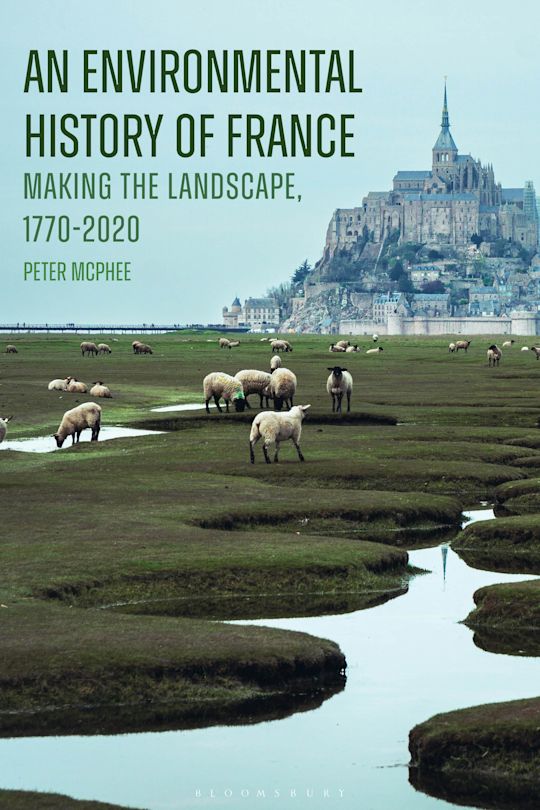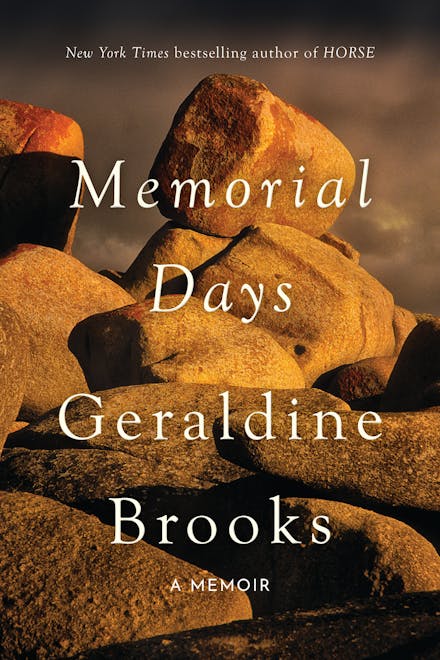Forever Young
Fourth Estate, $29.95 pb, 342 pp, 9780732291228
Forever Young by Steven Carroll
Most Australians, if asked to name a date they associate with the name Gough Whitlam, would say ‘11 November 1975’. Steven Carroll subverts this expectation at the outset with Forever Young, which uses the last days of Whitlam as its historical backdrop as well as for other less tangible things. And the last days of Whitlam came not in 1975 but on 10 December 1977, when he was still leading the Labor Party in Opposition but stepped down after Labor lost its second federal election in two years. ‘He’s got that goodbye look in his eyes.’
This is the fifth novel in the ‘Glenroy’ series that began with The Art of the Engine Driver (2001). The series has followed the progress of a small family – Vic, Rita, and their son, Michael – since 1957, when Michael was a child growing up in an outer suburb of Melbourne that was still in the process of being transformed from dusty paddocks to a place with milk bars and factories. The most recent novel in the series, Spirit of Progress (2011), harks back to 1946 and brings in some new characters, who reappear in one plot strand of Forever Young, where they feature in one of the Dickensian coincidences that Carroll uses unapologetically to illustrate the way that time loops itself around in the mind to produce moments of significance and illumination.
Continue reading for only $10 per month. Subscribe and gain full access to Australian Book Review. Already a subscriber? Sign in. If you need assistance, feel free to contact us.















Leave a comment
If you are an ABR subscriber, you will need to sign in to post a comment.
If you have forgotten your sign in details, or if you receive an error message when trying to submit your comment, please email your comment (and the name of the article to which it relates) to ABR Comments. We will review your comment and, subject to approval, we will post it under your name.
Please note that all comments must be approved by ABR and comply with our Terms & Conditions.